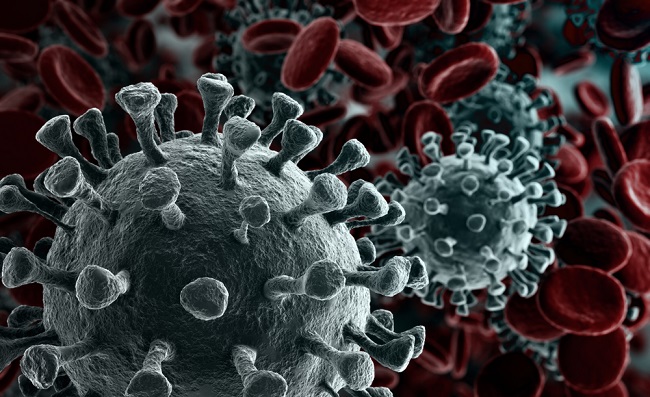New UofG preprint reveals fundamental changes in the Omicron variant
Published: 5 January 2022
The latest study, led by researchers at the MRC-University of Glasgow Centre for Virus Research, reveals fundamental changes in the Omicron variant
The Omicron variant of SARS-CoV-2 represents a step-change in the COVID-19 pandemic with record numbers of new daily infections being reported across the globe. However, quite why Omicron is spreading so rapidly remains unknown.
Now, researchers at the MRC-University of Glasgow Centre for Virus Research have used laboratory experiments and real world infection data to investigate Omicron. Their work, published as a pre-print study, has revealed fundamental changes that are likely to be important for Omicron spread and disease.

Researchers found in laboratory tests that Omicron is largely unaffected by the antibodies provided by two doses of COVID-19 vaccine, but responses are improved by a third dose booster. Importantly, this is confirmed by analysis of real world infection data; Omicron escape immunity from two vaccine doses, but three doses restores good levels of protection.
The work also provides evidence that Omicron has switched its route of entry in to human cells, from cell surface fusion to cathepsin-dependent fusion within the endosome. This fundamental biological shift is likely to influence Omicron spread and the types of cells it can hijack. These changes may also affect the pathogenesis and severity of disease, and resaerchers say, require further evaluation in population-based studies.
Enquiries: ali.howard@glasgow.ac.uk or elizabeth.mcmeekin@glasgow.ac.uk / 0141 330 6557 or 0141 330 4831
First published: 5 January 2022
<< January
Related Links
- Professor Emma Thomson, profile
- Professor Brian Willet, profile
- MRC-University of Glasgow Centre of Virus Research
- Institute of Infection, Immunity and Inflammation
- College of Medical, Veterinary and Life Sciences
- The hyper-transmissible SARS-CoV-2 Omicron variant exhibits significant antigenic change, vaccine escape and a switch in cell entry mechanism

